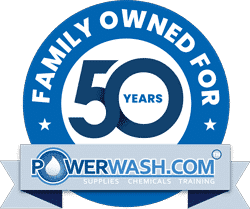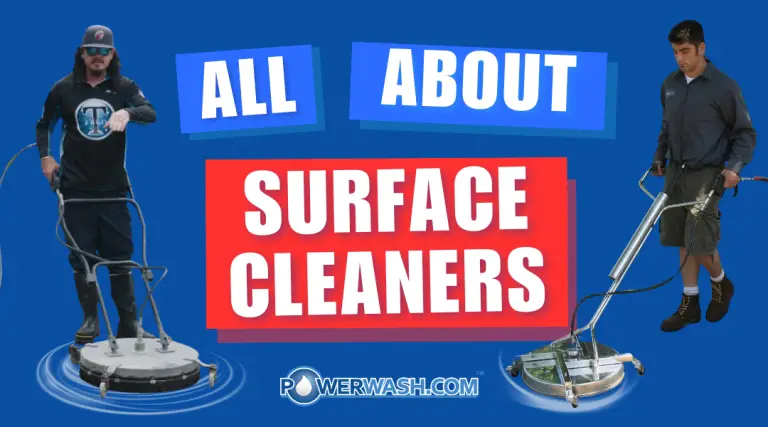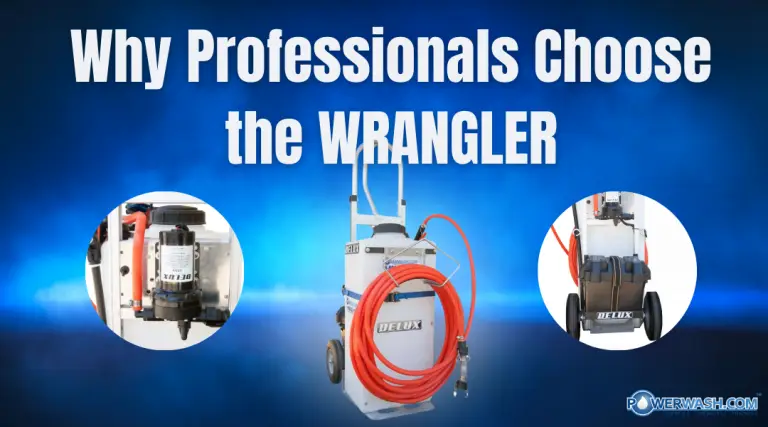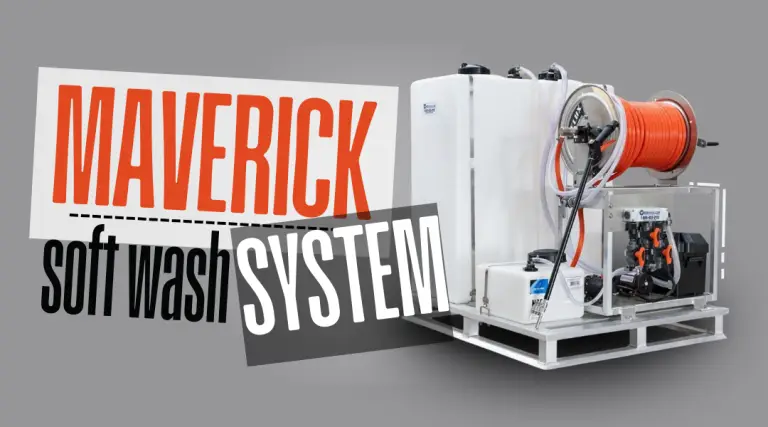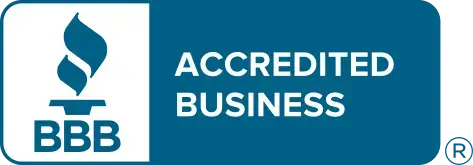- Home
- /
- Power Wash Basics
- /
- Power Washing Safety Tip: How to Prevent Carbon Monoxide Inhalation
Subscribe To Our Newsletter
Stay in the know on the latest products, deals, events, tips & tricks.
Social Media
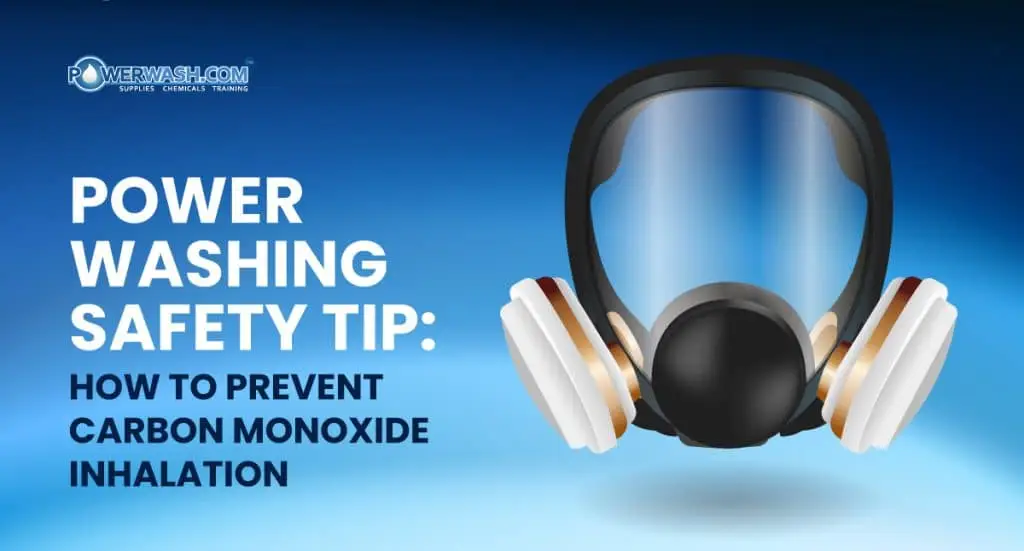
Power Washing Safety Tip: How to Prevent Carbon Monoxide Inhalation
Pressure washing, also known as power washing, is a common practice for cleaning the exteriors of commercial and residential buildings. While pressure washing effectively cleans surfaces, it can pose risks if you ignore key safety precautions. In particular, pressure washers that use gas-powered engines can release carbon monoxide (CO) into the air, which can be dangerous if inhaled. It is important to understand power washing safety, and in this blog post, we will provide a brief overview of CO and how to prevent exposure while power washing.
What is Carbon Monoxide?
Carbon monoxide (CO) is a colorless and odorless gas produced when burning fuel. When inhaled, CO prevents oxygen from reaching your cells and tissues, leading to serious health problems and even death. Therefore, it is vital to avoid exposure while power washing.
Symptoms of Carbon Monoxide Poisoning:
The first sign of carbon monoxide poisoning is often a headache, but it can also cause nausea and vomiting. What is the best way to recognize if you’re dealing with this issue? Look for these symptoms:
- Headache
- Confusion
- Dizziness
- Weakness
- Nausea
- Vomiting
- Chest pain
- Cardiac Dysrhythmias
- Hypotension
- Cardiac Arrest
Remember, it’s often hard to tell if someone has CO poisoning because the symptoms may be like other illnesses. People who are sleeping can die from CO poisoning before they even have symptoms.
CO: The Silent Killer
Carbon monoxide is often called “the silent killer” because it gives no clear warning to its victims. It’s an invisible gas with no taste or smell and will not cause any unusual feeling in your nose, mouth, or throat when you breathe it in. The first effects of exposure to carbon monoxide inhalation are usually headaches and faintness, which can be easy to ignore due to the lack of knowledge about carbon monoxide poisoning. Continuing exposure can cause confusion, loss of consciousness, and even death. Often there is little time before workers experience symptoms that inhibit their ability to seek safety or help.
How can you prevent carbon monoxide inhalation while power washing?
When power washing, it is crucial to be aware of the potential for carbon monoxide production and take steps to prevent exposure. Avoid carbon monoxide exposure by:
- Power washing outdoors in a well-ventilated area
- If power washing indoors, open all doors and windows and use a fan to circulate the air
- Never power wash near a flame or other source of ignition
- Always shut off the power washer when not in use
How to Prevent Exposure to Carbon Monoxide
There are a few simple steps you can take to prevent exposure to CO while power washing:
- Read the owner’s manual for your pressure washer before using it. The manual will help you understand how your pressure washer works and identify any potential risks.
- Ensure that your pressure washer is adequately ventilated. Most pressure washers have an exhaust port that should point away from you while in use.
- Do not use your pressure washer in an enclosed space such as a garage or shed. The fumes from the engine can quickly build up in these spaces and become dangerous.
- If you are using a gas-powered pressure washer, keep the engine well-maintained. A dirty engine will produce more emissions and increase your risk of exposure.
- If possible, use an electric pressure washer instead of a gas-powered one. Electric pressure washers do not produce emissions and are much safer to use.
- Whenever possible, open doors and windows while power washing to allow fresh air to circulate.
- Take frequent breaks while power washing to get fresh air if needed. If you begin feeling dizzy or lightheaded while power washing, stop immediately and move to fresh air. Only return to using the pressure washer once you consult a medical professional.
- Monitor the area around you for signs of CO buildup, such as alerts from CO detectors or people feeling sick. If you suspect that there may be high levels of CO in the area, evacuate immediately and call 911.
- Wash any clothing you wore while power washing as soon as possible.
- Make sure that only authorized personnel operate the pressure washer. Do not allow children or pets near the area while power washing occurs.
Following these safety tips will help you avoid exposure to carbon monoxide while power washing surfaces. However, if you begin feeling sick while power washing, stop immediately and seek medical attention, as carbon monoxide poisoning can be deadly.
Key Takeaways:
- Pressure washers that use gas-powered engines can release carbon monoxide (CO) into the air, which can be dangerous if inhaled.
- Carbon monoxide (CO) is a colorless and odorless gas produced when burning fuel. When inhaled, CO prevents oxygen from reaching your cells and tissues.
- It’s often hard to tell if someone has CO poisoning because the symptoms may be like other illnesses.
- You can take simple steps to prevent CO exposure while power washing.
- Never use a power washer indoors without proper ventilation to prevent carbon monoxide poisoning. Open doors and windows and turn on fans to ensure the area is well-ventilated. And, of course, always read the power washer’s instructions carefully before use.
Learn more about power washing safety
Power washing safety is always important to keep in mind, but it’s especially crucial when operating a gas power washer. Follow our power washing safety tips to help prevent carbon monoxide poisoning during pressure washing jobs. Visit PowerWash.com today, and don’t forget to check out our video library for the latest industry news, insider tips, and products to get your power washing jobs done right!
Share This Post
More To Explore
Soft Wash Additive That Smells Amazing? Meet Fresh Wash
Freshen Up Every Wash Soft washing is all about precision, power, and presentation — and nothing completes a job like ...
Mastering the Art of Pressure Washing: Key Insights on Surface Cleaners
For professionals in the pressure washing industry, a surface cleaner is an indispensable tool, particularly for those who specialize in ...
The Wrangler™ Chemical Sprayer: The Ultimate Tool for Professional Cleaning Applications
For commercial cleaners and pressure washing professionals, efficient chemical application is key to achieving the best results. The Wrangler™ Chemical ...
Professional-Grade Soft Washing with the PowerWash.com Maverick 12V Soft Wash System
Soft washing is an advanced cleaning method that utilizes low-pressure water combined with biodegradable cleaning agents to effectively remove organic ...
